Home>Garden Essentials>What To Do With Watermelon Seeds
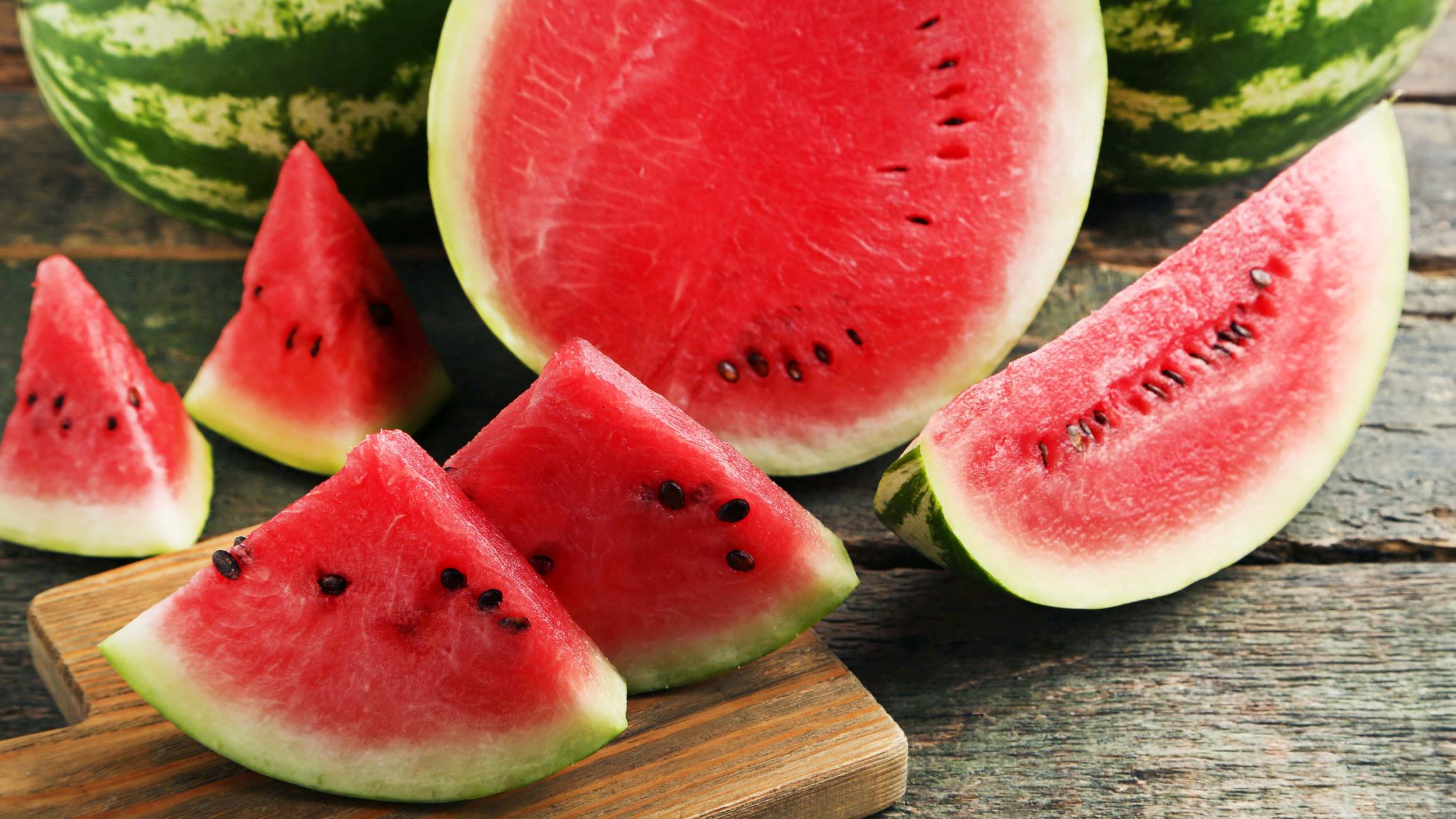

Garden Essentials
What To Do With Watermelon Seeds
Modified: March 24, 2024
Learn creative ways to utilize watermelon seeds in your garden. Discover tips and tricks for planting, growing, and harvesting watermelon seeds for a fruitful garden.
(Many of the links in this article redirect to a specific reviewed product. Your purchase of these products through affiliate links helps to generate commission for Storables.com, at no extra cost. Learn more)
Introduction
Welcome to the wonderful world of watermelon seeds! While most people would simply discard these tiny seeds when eating a juicy slice of watermelon, they actually hold great potential and numerous benefits. In this article, we will explore the reasons why you should consider keeping watermelon seeds and the various ways you can use them in your cooking.
Watermelon seeds may seem insignificant, but they are packed with nutrients that can contribute to your overall well-being. These little powerhouses are a rich source of protein, healthy fats, vitamins, minerals, and antioxidants. Including them in your diet can provide a wide range of health benefits, from supporting digestion to boosting immune function.
So, why waste the potential of these seeds when you can easily incorporate them into your meals and snacks? In the following sections, we’ll delve into some creative and delicious ways to make the most of watermelon seeds.
Key Takeaways:
- Don’t toss those watermelon seeds! They’re packed with nutrients like protein and healthy fats, supporting digestion, heart health, and more. Get creative with roasting, baking, and making tea to enjoy their benefits.
- Watermelon seeds are a hidden treasure! From crunchy snacks to nutritious butter and tea, these seeds offer a world of flavors and health benefits. Don’t let them go to waste – explore their potential today!
Read more: When Do You Plant Watermelon Seeds
Why Keep Watermelon Seeds
While it may seem counterintuitive to keep and use watermelon seeds, there are several compelling reasons to do so. Let’s take a closer look at the benefits:
- Rich in Nutrients: Watermelon seeds are a nutritional powerhouse. They are a great source of protein, healthy fats, dietary fiber, and essential minerals like magnesium, iron, and zinc. Incorporating these seeds into your diet can provide a range of essential nutrients your body needs for optimal functioning.
- Boosts Digestion: The combination of dietary fiber and healthy fats in watermelon seeds can support healthy digestion. Fiber aids in regular bowel movements and helps prevent constipation, while healthy fats promote a healthy gut environment and improve nutrient absorption.
- Supports Heart Health: Watermelon seeds contain unsaturated fats, including omega-3 and omega-6 fatty acids. These fats are known to promote heart health by reducing cholesterol levels and inflammation, ultimately lowering the risk of heart disease.
- Enhances Immune Function: Watermelon seeds are rich in antioxidants, including vitamin E and selenium, which play a vital role in boosting immune function. These antioxidants help protect your cells from damage caused by harmful free radicals and strengthen your body’s immune response.
- Supports Weight Management: Despite their small size, watermelon seeds are surprisingly filling. Their combination of protein, healthy fats, and fiber can help curb your appetite, prevent overeating, and support weight management efforts.
- Offers Skin and Hair Benefits: The nutrients found in watermelon seeds, such as vitamin E, can promote healthy skin and hair. Vitamin E is known for its antioxidant properties and its ability to nourish the skin and hair follicles, resulting in a more radiant complexion and strong, lustrous hair.
With all these benefits, it’s clear that watermelon seeds are more than just a residue to be discarded. Instead, they can be a valuable addition to your diet, contributing to your overall health and well-being.
Nutritional Benefits of Watermelon Seeds
Watermelon seeds are not only tasty but also pack a punch when it comes to their nutritional content. Here are some of the key nutrients found in watermelon seeds:
- Protein: Watermelon seeds are an excellent source of plant-based protein. Protein is vital for muscle growth and repair, as well as supporting a healthy immune system.
- Healthy Fats: While watermelon seeds may be small, they contain a good amount of healthy fats. These fats consist primarily of monounsaturated and polyunsaturated fats, which are known to be heart-healthy and help reduce bad cholesterol levels.
- Dietary Fiber: Watermelon seeds are rich in dietary fiber, which is essential for maintaining good digestive health. Fiber aids in promoting regular bowel movements, preventing constipation, and supporting a healthy gut microbiome.
- Vitamins and Minerals: Watermelon seeds contain various vitamins and minerals that contribute to overall health. They are a good source of magnesium, iron, zinc, and phosphorus. Magnesium helps regulate blood pressure and supports bone health, while iron is important for oxygen transport in the body and zinc contributes to a robust immune system.
- Antioxidants: Watermelon seeds are a natural source of antioxidants, including vitamin E and selenium. Antioxidants help protect cells from damage caused by free radicals, reducing the risk of chronic diseases and promoting overall well-being.
By including watermelon seeds in your diet, you can benefit from these nutrients and support your body’s functioning and overall health. Whether you consume them as a snack, incorporate them into meals, or use them in other creative ways, watermelon seeds offer a nutritious addition to your diet.
Ways to Use Watermelon Seeds in Cooking
Watermelon seeds can be a versatile ingredient in various culinary creations. Here are some creative ways to incorporate watermelon seeds into your cooking:
- Roasting: One of the simplest and most popular ways to enjoy watermelon seeds is by roasting them. After removing the outer husk, spread the seeds on a baking sheet, and roast them in the oven until they become golden brown. You can then season them with your favorite spices, such as sea salt, paprika, or cinnamon, for a crunchy and flavorful snack.
- Making Watermelon Seed Butter: Just like other nut and seed butters, you can make a delicious watermelon seed butter. Simply blend roasted watermelon seeds in a food processor until they turn into a smooth buttery consistency. Add a touch of sweetness or flavorings like honey or vanilla if desired. This butter can be enjoyed on toast, added to smoothies, or used as a spread in recipes.
- Using in Baked Goods: Ground watermelon seeds can be used as a nutritious substitute for flour or added to baked goods like bread, cookies, or muffins. Grind the seeds to a fine powder using a blender or coffee grinder and use as a portion of the flour in your favorite recipes. It adds a subtle nutty flavor and boosts the nutritional content.
- Watermelon Seed Tea: Boil watermelon seeds in water, strain the liquid, and enjoy a refreshing tea. This tea can be consumed on its own or mixed with other herbs or tea leaves to enhance the flavor. It can be served hot or chilled, depending on your preference.
- Watermelon Seed Sprouts: Similar to other sprouts, watermelon seeds can be sprouted and used as a nutritious addition to salads, sandwiches, or wraps. Rinse the seeds thoroughly, then soak them in water overnight. Drain the water and spread the seeds on a damp cloth or sprouting tray. Rinse them twice a day until sprouts appear, typically within a few days.
- Watermelon Seed Oil: Watermelon seed oil is extracted from the seeds and is known for its nutritional and cosmetic benefits. It has a mild and nutty flavor and can be used in salad dressings, as a cooking oil, or as a moisturizer for the skin and hair.
These are just a few examples of how you can incorporate watermelon seeds into your culinary adventures. Get creative and experiment with different recipes and preparations to fully explore the potential of these versatile seeds.
Roasting Watermelon Seeds
Roasting watermelon seeds is a simple and delicious way to enjoy their nutty flavor and crunchy texture. Here’s a step-by-step guide on how to roast watermelon seeds:
- Remove the seeds: Start by scooping out the seeds from your watermelon. Separate them from the fruit flesh and place them in a colander or strainer.
- Clean the seeds: Rinse the seeds under cold water to remove any pulp or debris. Make sure to give them a good rinse to ensure they are clean and ready for roasting.
- Dry the seeds: Pat the seeds dry with a clean kitchen towel or paper towel. You want to remove excess moisture to help in the roasting process.
- Season the seeds: Toss the dried seeds in a bowl with a drizzle of olive oil or your preferred cooking oil. Add seasonings of your choice such as sea salt, paprika, garlic powder, or cinnamon to enhance the flavor. Mix well to ensure that the seeds are evenly coated.
- Preheat the oven: Preheat your oven to 325°F (165°C) and line a baking sheet with parchment paper or a silicone baking mat.
- Spread the seeds: Spread the seasoned watermelon seeds in a single layer on the prepared baking sheet. Make sure they are evenly spaced to allow for even roasting.
- Roast the seeds: Place the baking sheet with the seeds in the preheated oven and roast for about 15-20 minutes. Keep an eye on them and stir occasionally to ensure they don’t burn. The seeds are ready when they turn golden brown and become crisp.
- Cool and store: Remove the baking sheet from the oven and let the roasted seeds cool completely. Once cooled, transfer them to an airtight container for storage. They can be kept at room temperature for a few weeks.
Roasted watermelon seeds make for a satisfying and nutritious snack on their own. Additionally, you can use them as a crunchy topping for salads, yogurt, or desserts. Get creative with your seasonings to customize the flavor to your liking. Enjoy the delightful crunch and nutty taste of your homemade roasted watermelon seeds!
Read more: How Do You Plant Watermelon Seeds
Making Watermelon Seed Butter
Watermelon seed butter is a delicious and nutritious alternative to traditional nut butters. It provides a creamy texture with a subtle nutty flavor. Here’s a step-by-step guide on how to make your own watermelon seed butter:
- Roast the seeds: Start by roasting the watermelon seeds to bring out their flavor. Preheat your oven to 325°F (165°C). Spread the seeds in a single layer on a baking sheet and roast them for about 10-15 minutes until they turn golden brown. Allow them to cool completely.
- Grind the seeds: Place the cooled roasted watermelon seeds in a food processor or high-powered blender. Begin by pulsing the seeds for a few seconds to break them down. Then, blend continuously until the seeds turn into a fine powder-like consistency.
- Add oil (optional): If you prefer a smoother and creamier texture, you can add a small amount of oil to the ground seeds. Use a neutral-tasting oil like light olive oil or grapeseed oil. Start with a teaspoon and gradually add more if needed, blending until you reach your desired consistency.
- Blend until smooth: Continue blending the seeds until they form a smooth and creamy butter-like consistency. Scrape down the sides of the food processor or blender as needed to ensure even blending. This process may take several minutes, so be patient.
- Adjust the flavor: At this point, you can add additional flavorings to enhance the taste of your watermelon seed butter. You can sweeten it with a touch of honey, maple syrup, or a sprinkle of cinnamon, depending on your preference. Blend again to incorporate the flavors evenly.
- Transfer and store: Once you’re satisfied with the consistency and flavor of your watermelon seed butter, transfer it to a clean and airtight jar or container. It can be stored at room temperature for a few weeks or refrigerated for longer shelf life.
Watermelon seed butter can be enjoyed on toast, added to smoothies, used as a dip for fruits, or even incorporated into baking recipes. It’s a versatile and nutritious spread that adds a unique twist to your meals and snacks. Get creative and explore different ways to enjoy the deliciousness of homemade watermelon seed butter!
Roast watermelon seeds with a little salt for a crunchy and nutritious snack. They are high in protein, fiber, and healthy fats.
Using Watermelon Seeds in Baked Goods
Watermelon seeds can be a delightful addition to your baked goods, bringing a nutty flavor and crunchy texture to your favorite recipes. Here are some ideas on how to incorporate watermelon seeds into your baked goods:
- Ground Seed Flour: One way to utilize watermelon seeds in baking is by grinding them into a fine flour-like consistency. Start by roasting the seeds to enhance their flavor, then let them cool completely. Once cooled, grind the seeds in a blender or food processor until they turn into a fine powder. You can substitute a portion of the flour in your recipes with the ground watermelon seed flour, adding a hint of nuttiness and boosting the nutritional content.
- Breads and Muffins: Add a nutritious touch to your homemade breads or muffins by incorporating watermelon seeds. After grinding the seeds into a fine powder, mix them with the dry ingredients in your recipe. This will not only impart a subtle nutty flavor to your baked goods but also provide an extra dose of protein and healthy fats. Consider adding them to whole grain bread, banana nut muffins, or even pumpkin bread.
- Cookies and Bars: For a delightful crunch, you can mix watermelon seeds directly into your cookie or granola bar dough. Coarsely chop the roasted watermelon seeds and fold them into the batter before baking. The seeds will add texture and a nutty flavor to your treats. They work especially well in oatmeal, chocolate chip, or nutty bars.
- Pie or Tart Crusts: Want to take your pie or tart crusts to the next level? Consider incorporating ground watermelon seeds into the dough. Mix the ground seeds with flour, butter (or a plant-based alternative), and a touch of sweetness if desired. Press the mixture into your pie or tart pan and bake as usual. The watermelon seed crust will add a unique twist to your dessert, making it more flavorful and nutritious.
- Energy Balls: For a healthy and portable snack, make energy balls using watermelon seeds. Blend dates, nuts, a sweetener of your choice, and roasted watermelon seeds in a food processor until the mixture sticks together. Roll the mixture into bite-sized balls and refrigerate until firm. These energy balls will provide a nutritious and energizing boost, perfect for a quick snack on-the-go.
By incorporating watermelon seeds into your baked goods, you can elevate the flavor profile and increase their nutritional value. Get creative and experiment with different recipes to discover your favorite way to use watermelon seeds in baking!
Watermelon Seed Tea
Watermelon seed tea is a refreshing and nutritious beverage that can be enjoyed hot or cold. It offers a subtle, nutty flavor and is incredibly easy to make. Here’s a simple guide on how to prepare watermelon seed tea:
- Collect the seeds: Start by collecting the watermelon seeds. You can save them from a fresh watermelon or use seeds that have been dried and stored for later use.
- Clean the seeds: Rinse the seeds under cold water to remove any dirt or debris. Make sure to give them a thorough wash to ensure they are clean and ready for making tea.
- Roast the seeds (optional): While roasting is optional, it can enhance the flavor of the tea. Spread the cleaned watermelon seeds on a baking sheet and roast them in the oven at 325°F (165°C) for about 10-15 minutes or until they turn golden brown. This step adds a nutty depth to the tea.
- Crush or grind the seeds: Once the seeds are roasted and cooled (if you chose to roast them), use a mortar and pestle, a coffee grinder, or a blender to crush or grind them into smaller pieces. This will help release their flavors when steeping in hot water.
- Boil the water: In a pot, bring water to a boil. The amount of water will depend on how many cups of tea you want to make. As a general guideline, use about 2 cups of water for every 1 tablespoon of crushed watermelon seeds.
- Add the seeds and steep: Once the water is boiling, add the crushed watermelon seeds to the pot. Reduce the heat to low and let the seeds simmer in the water for about 10 minutes. This will allow the flavors to infuse into the tea.
- Strain and serve: After simmering, strain the watermelon seed tea to remove the solids. You can use a fine-mesh strainer, cheesecloth, or a tea infuser to separate the seeds from the liquid. Pour the tea into cups or a teapot, and it’s ready to be served.
- Enjoying the tea: Watermelon seed tea can be enjoyed hot or cold, depending on your preference. If you prefer it hot, serve it immediately. If you prefer it cold, let it cool to room temperature and then refrigerate before serving over ice. You can also add a touch of honey or a hint of citrus for added flavor, if desired.
Watermelon seed tea is not only delicious but also offers potential health benefits. It is rich in nutrients like zinc, magnesium, and antioxidants. It can be a soothing and hydrating beverage to enjoy on its own or alongside a meal.
So, the next time you have watermelon seeds on hand, don’t discard them. Instead, use them to make this refreshing and nutritious watermelon seed tea. Sit back, relax, and savor the unique flavors of this delightful beverage.
Watermelon Seed Sprouts
Watermelon seed sprouts are a nutritious and easy-to-grow addition to your meals. Sprouting watermelon seeds not only adds a crunchy texture to your dishes but also enhances their nutritional value. Here’s a step-by-step guide on how to sprout watermelon seeds:
- Choose the seeds: Start by selecting fresh and good-quality watermelon seeds. They should be clean and free from any signs of damage or mold.
- Wash the seeds: Rinse the seeds under cold water to remove any dirt or debris. Make sure to give them a thorough wash to ensure they are clean and ready for sprouting.
- Soak the seeds: Place the cleaned watermelon seeds in a bowl and cover them with water. Let them soak for about 8-12 hours or overnight. This process softens the seeds and prepares them for sprouting.
- Drain and rinse: After soaking, drain the watermelon seeds using a fine-mesh sieve or colander. Rinse them thoroughly under running water to remove any residue.
- Sprouting container: Choose a sprouting container that allows for airflow and drainage, such as a sprouting tray or a jar with a mesh screen or cheesecloth covering the opening.
- Spread the seeds: Spread the soaked and rinsed watermelon seeds in a single layer on the sprouting tray or in the jar. Make sure they are evenly spaced and not overcrowded.
- Rinse and drain: Rinse the seeds with water 2-3 times a day, ensuring that they remain moist but not waterlogged. After each rinse, tilt the container or tray to drain off any excess water.
- Watch for sprouts: Within a few days, you should start to see tiny sprouts emerging from the watermelon seeds. Continue rinsing and draining them until the sprouts reach your desired length, usually about 1/4 to 1/2 inch.
- Harvest and store: Once the watermelon seed sprouts have reached the desired length, they are ready to be harvested. Gently remove them from the sprouting tray or jar and rinse them one final time. Pat them dry with a clean kitchen towel and store them in an airtight container in the refrigerator. They can be kept for a few days.
Watermelon seed sprouts can be enjoyed in various ways. They add a crunchy texture to salads, sandwiches, or wraps. You can also sprinkle them on top of soups or use them as a garnish for your favorite dishes. These sprouts are not only delicious but also packed with nutrients and enzymes that are beneficial for digestion and overall health.
Experiment with different recipes and incorporate watermelon seed sprouts into your meals to reap their nutritional benefits and enjoy the delightful freshness they bring to your dishes.
Watermelon Seed Oil
Watermelon seed oil is a valuable and versatile oil that is extracted from the seeds of watermelon. It offers a range of health benefits and can be used in various ways for both culinary and cosmetic purposes.
Extraction of Watermelon Seed Oil: Watermelon seed oil is extracted through a process called cold-pressing. The seeds are cleaned, dried, and then mechanically pressed to extract the oil. This method ensures that the oil retains its natural properties and nutrients.
Nutritional Benefits: Watermelon seed oil is packed with essential nutrients and beneficial compounds. It is a rich source of unsaturated fatty acids, including omega-6 fatty acids, which are known for their heart-healthy properties. The oil also contains vitamins like vitamin E, an antioxidant that helps protect the body’s cells from oxidative damage.
Culinary Uses: Watermelon seed oil has a mild and pleasant flavor with a hint of nuttiness. It can be used in various culinary preparations, such as dressings, marinades, and sauces. The oil adds a subtle richness to dishes and can enhance the overall taste. It is important to note that watermelon seed oil has a low smoke point, so it is best used for drizzling or for light cooking rather than high-temperature frying.
Cosmetic Uses: Watermelon seed oil is also highly regarded in the cosmetic industry for its nourishing and moisturizing properties. It is lightweight and easily absorbed by the skin, making it an excellent choice for facial and body oils, lotions, and moisturizers. The oil’s high content of antioxidants and fatty acids helps hydrate the skin, maintain its elasticity, and promote a more youthful appearance. Watermelon seed oil is also commonly used in hair care products, as it can help moisturize and strengthen hair strands.
How to Use: In culinary applications, watermelon seed oil can be drizzled over salads, grains, or cooked vegetables to add flavor and a nutritional boost. It can also be used as a finishing oil for soups or used in homemade dressings and dips. In cosmetic applications, simply massage a few drops of watermelon seed oil onto clean, damp skin or apply to the ends of your hair for a hydrated and shiny look.
Storage: Watermelon seed oil should be stored in a cool, dark place away from direct sunlight. This will help preserve its freshness and extend its shelf life.
With its numerous culinary and cosmetic applications, watermelon seed oil is a versatile and valuable addition to your pantry or beauty routine. Whether you use it to enhance the flavor of your dishes or to nourish your skin and hair, this oil offers a wide range of benefits that can support your overall well-being.
Conclusion
Watermelon seeds, often overlooked and discarded, hold incredible potential and numerous benefits. From their nutritional value to their versatility in cooking, these tiny seeds offer a wealth of possibilities for enhancing your health and culinary experiences.
By keeping watermelon seeds, you can tap into their rich nutritional profile. They contain protein, healthy fats, fiber, vitamins, minerals, and antioxidants that contribute to overall well-being. Incorporating watermelon seeds into your diet can support digestion, heart health, immune function, weight management, and even promote healthy skin and hair.
There are numerous creative ways to use watermelon seeds in your cooking. Roasting watermelon seeds provides a crunchy and flavorful snack option. Making watermelon seed butter opens up possibilities for spreads, dips, and baked goods. Adding ground watermelon seeds to recipes can boost the nutritional content of your baked goods. Watermelon seed tea offers a refreshing beverage option. And sprouting watermelon seeds creates a fresh and crunchy addition to your meals. And let’s not forget about watermelon seed oil, which provides both culinary and cosmetic benefits.
Watermelon seeds are a true treasure waiting to be discovered. So, the next time you enjoy a juicy slice of watermelon, save those seeds and explore the many ways you can incorporate them into your culinary creations. From snacks to spreads, teas to sprouts, and oils to baked goods, the possibilities are endless.
Embrace the potential of watermelon seeds and unlock a world of flavors, textures, and nutrients. Don’t let these little seeds go to waste – let them nourish your body, inspire your creativity in the kitchen, and elevate your overall well-being. Start experiencing the benefits and deliciousness of watermelon seeds today!
Frequently Asked Questions about What To Do With Watermelon Seeds
Was this page helpful?
At Storables.com, we guarantee accurate and reliable information. Our content, validated by Expert Board Contributors, is crafted following stringent Editorial Policies. We're committed to providing you with well-researched, expert-backed insights for all your informational needs.

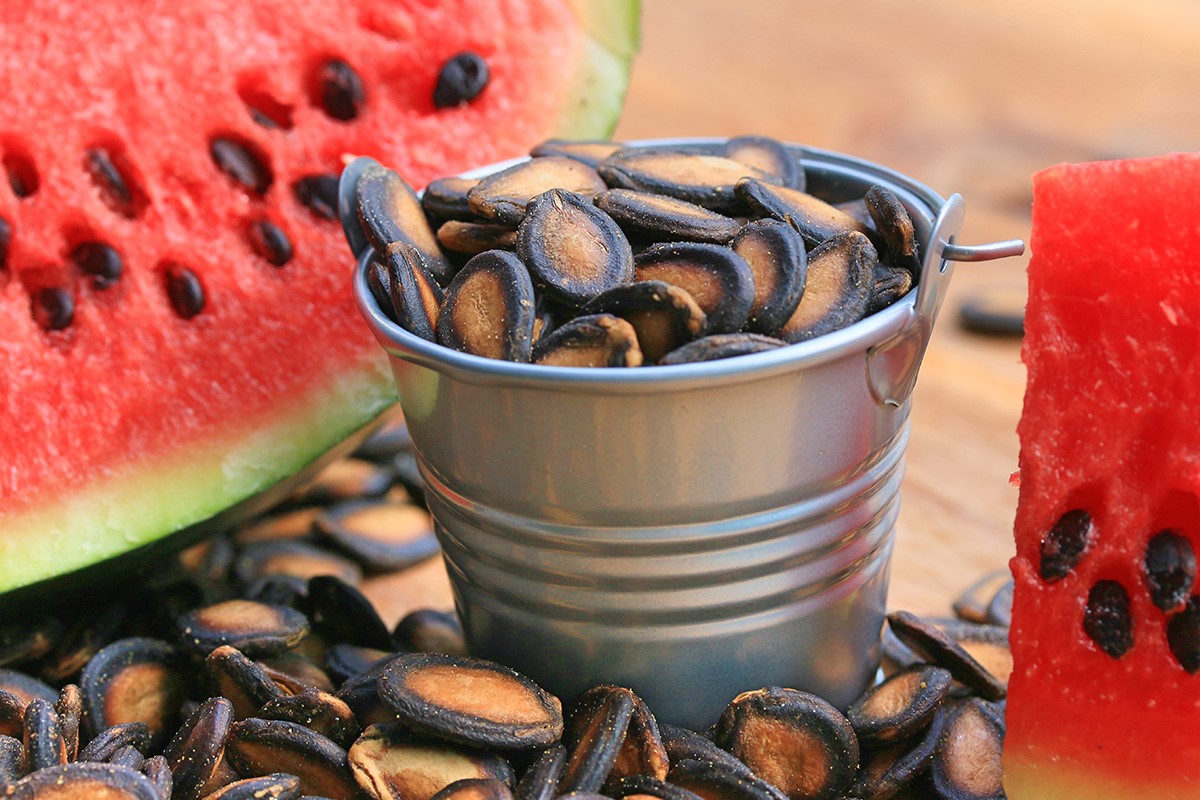
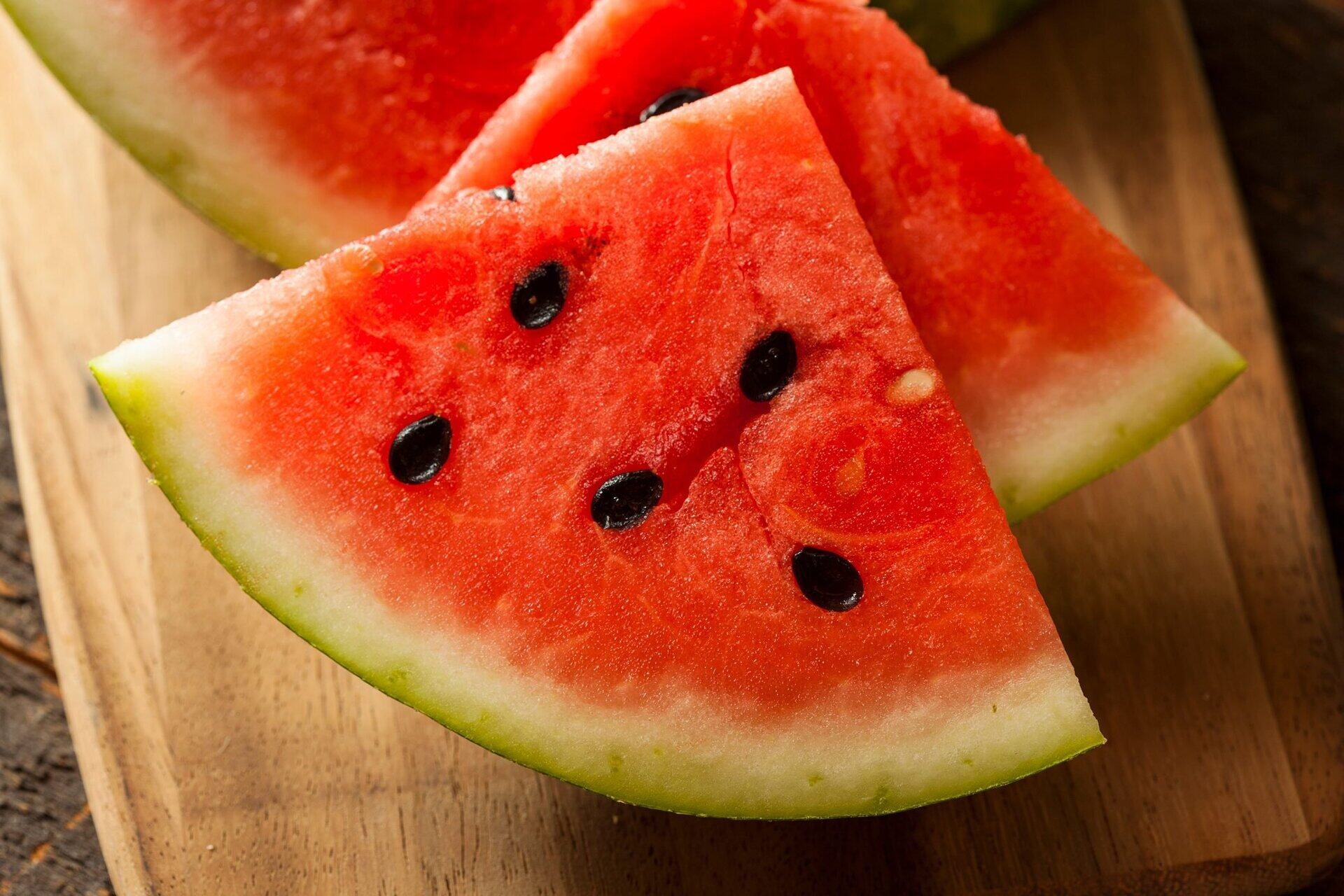

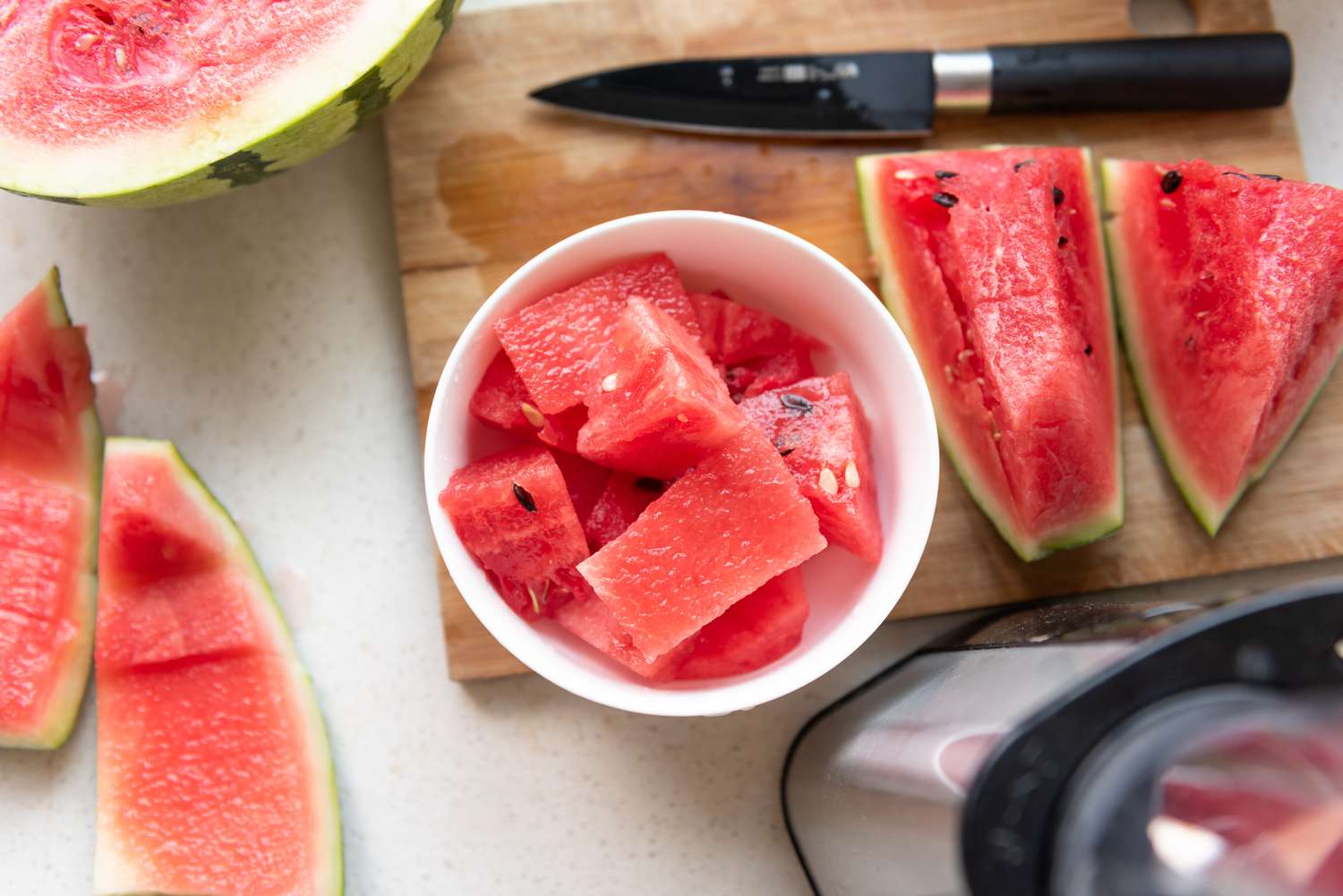
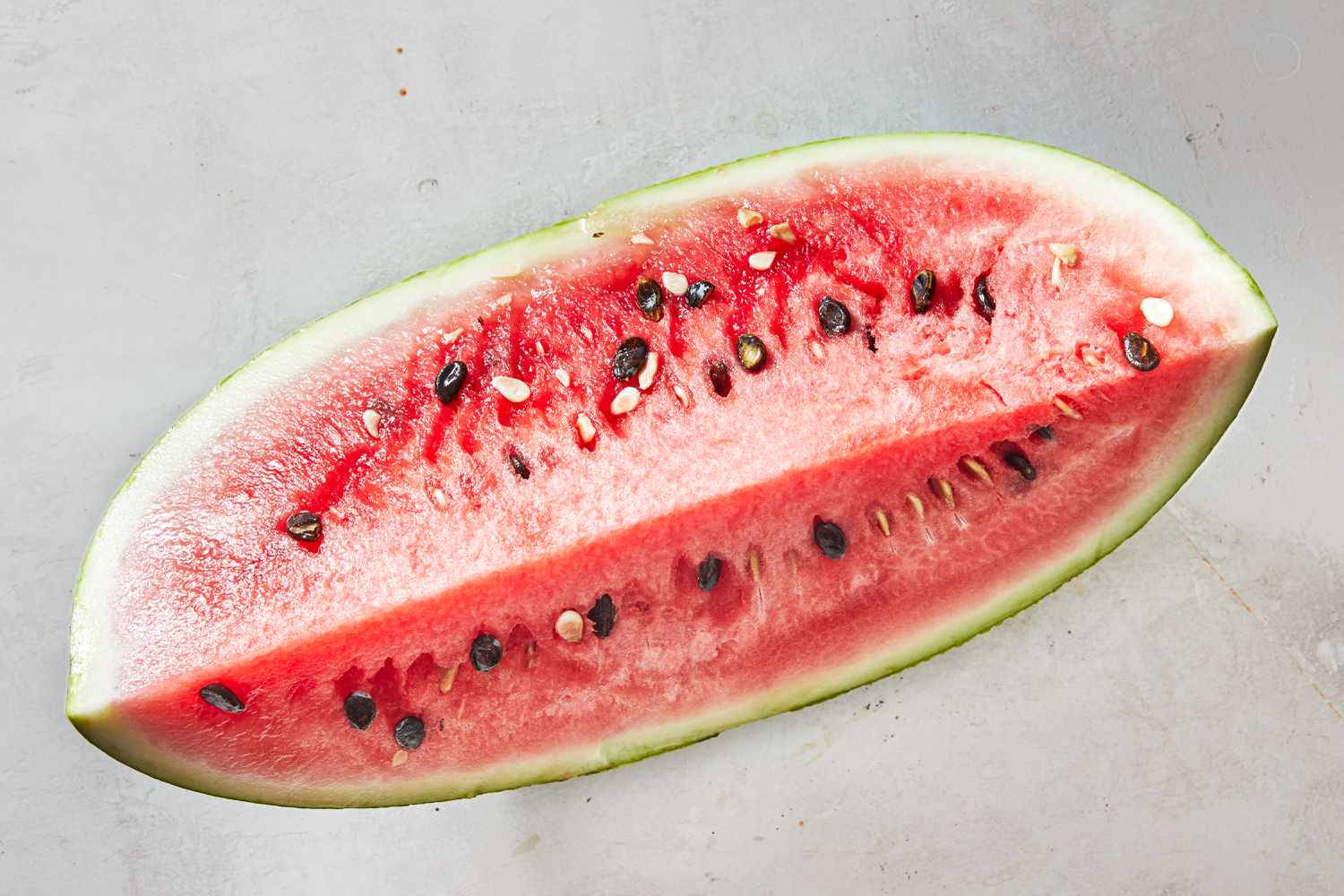
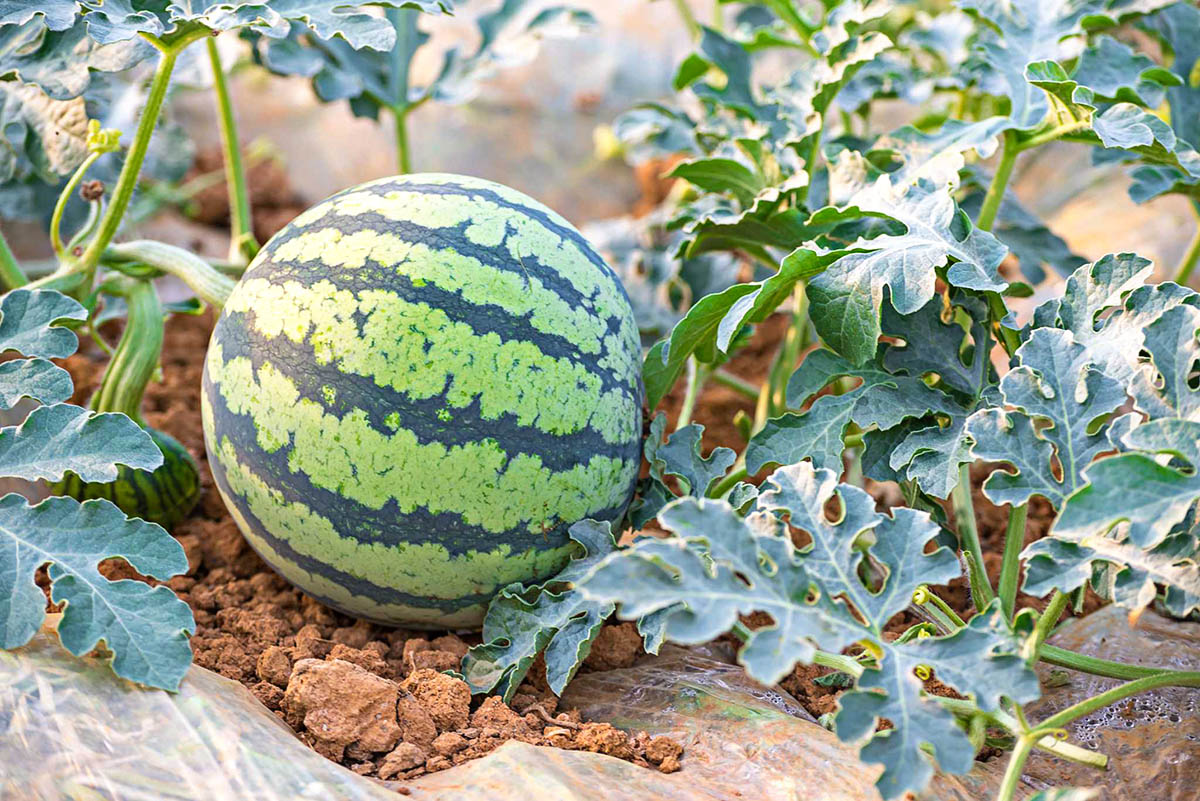
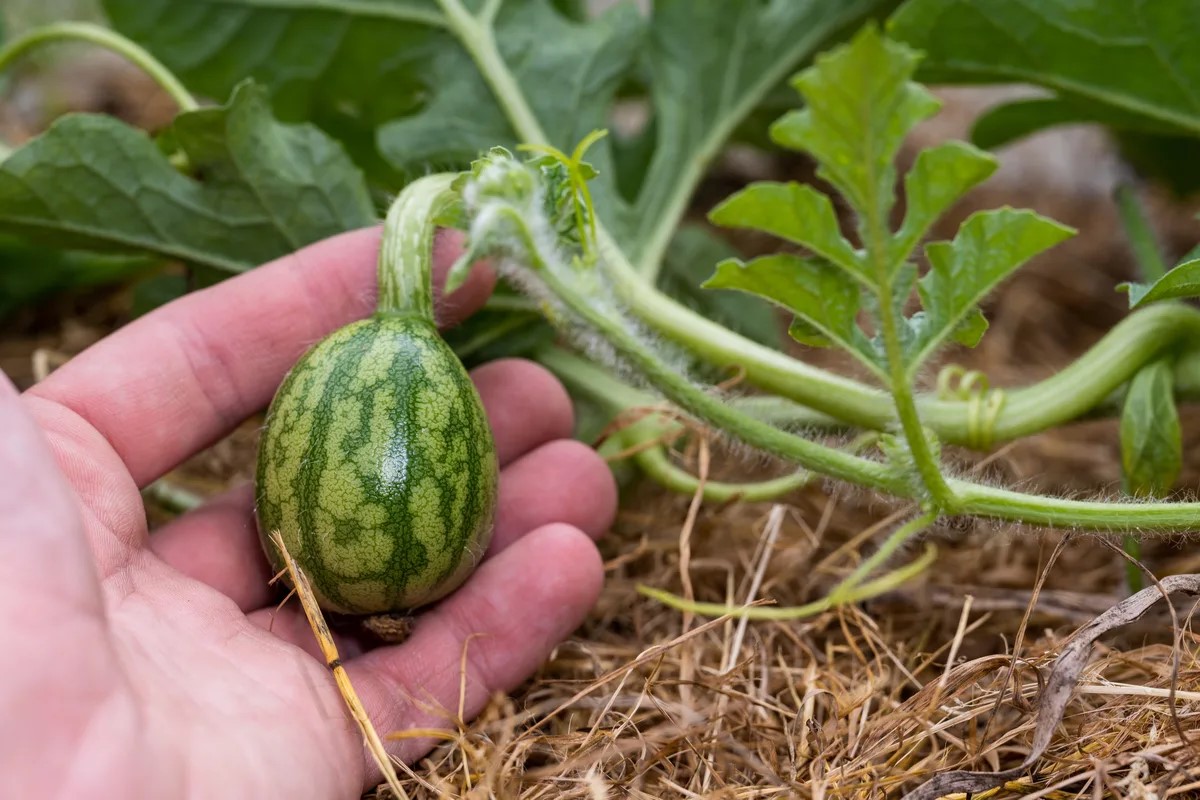
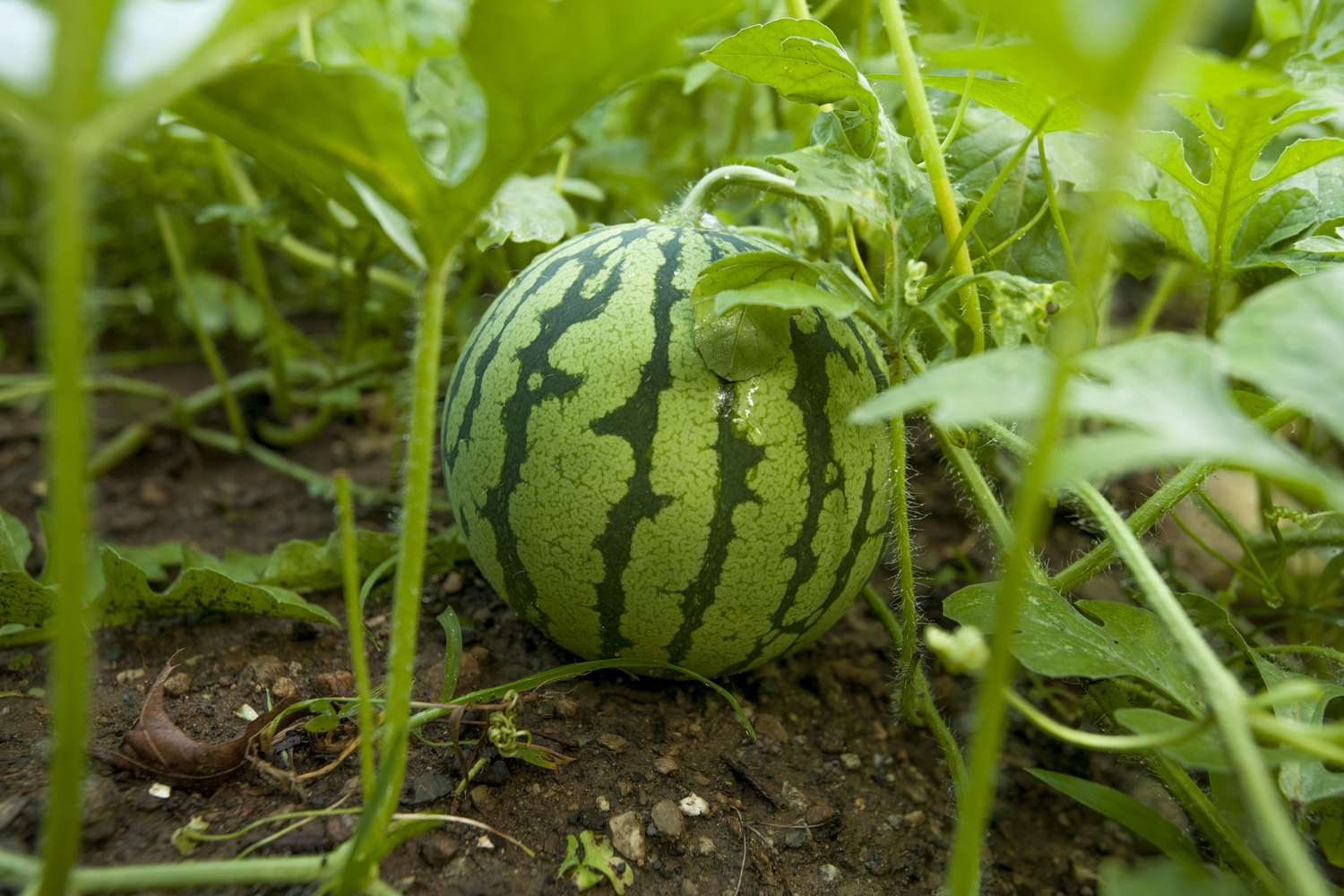
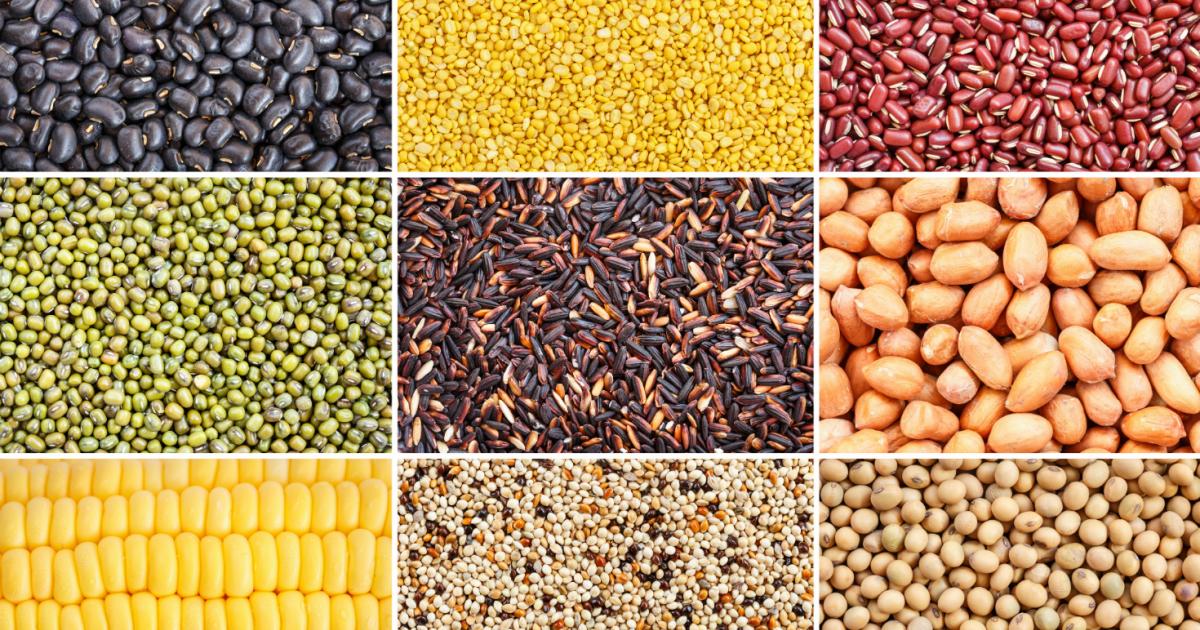
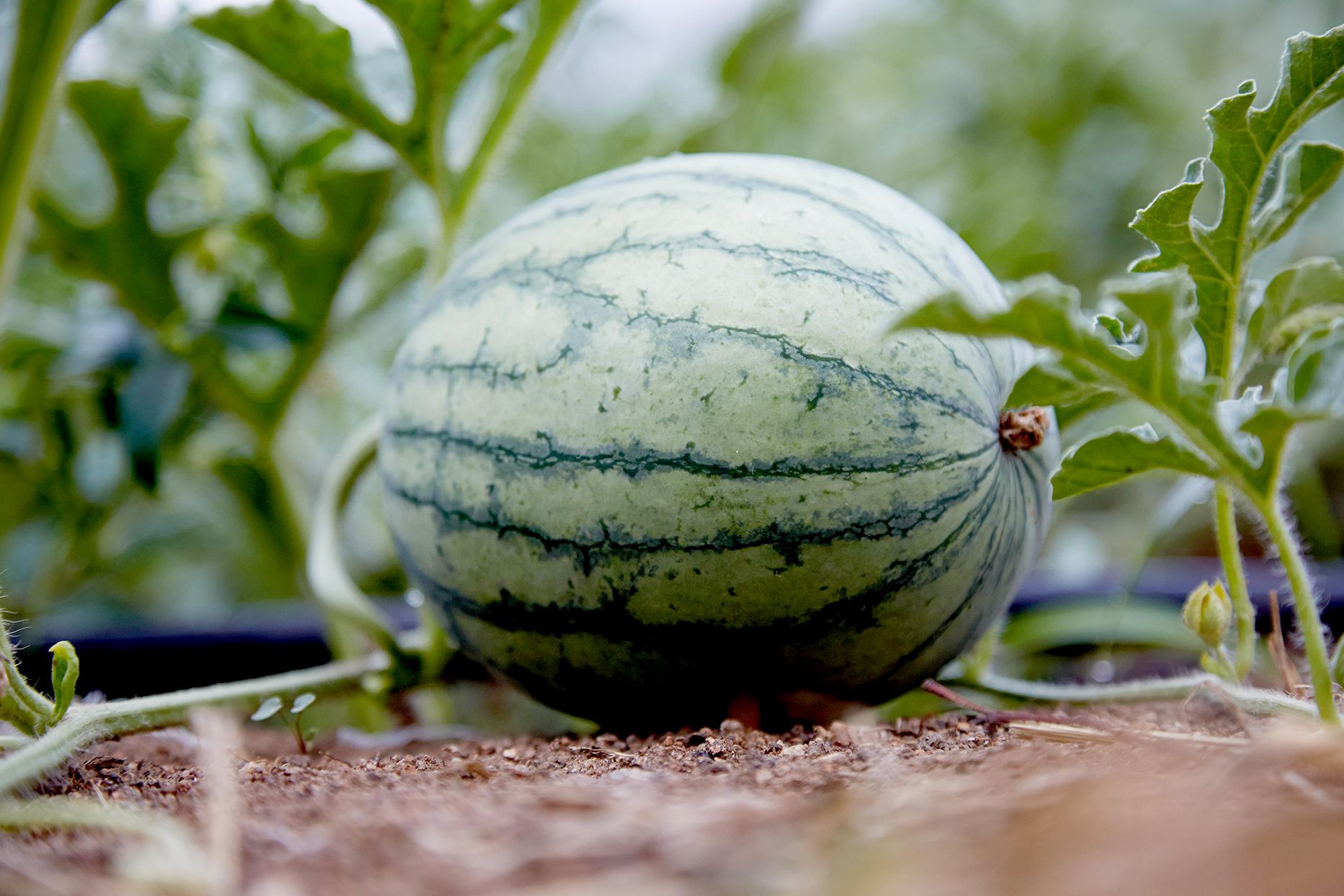
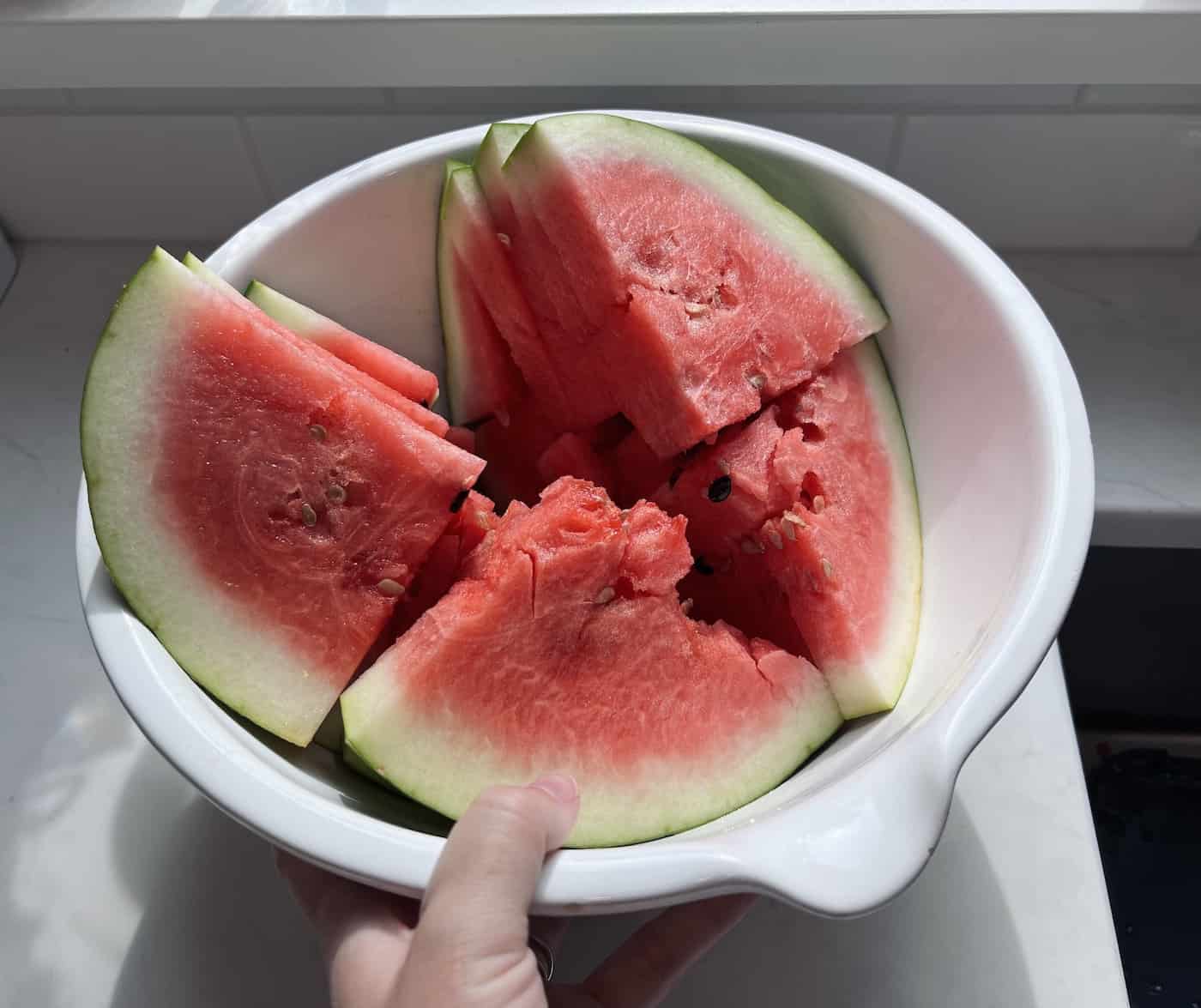
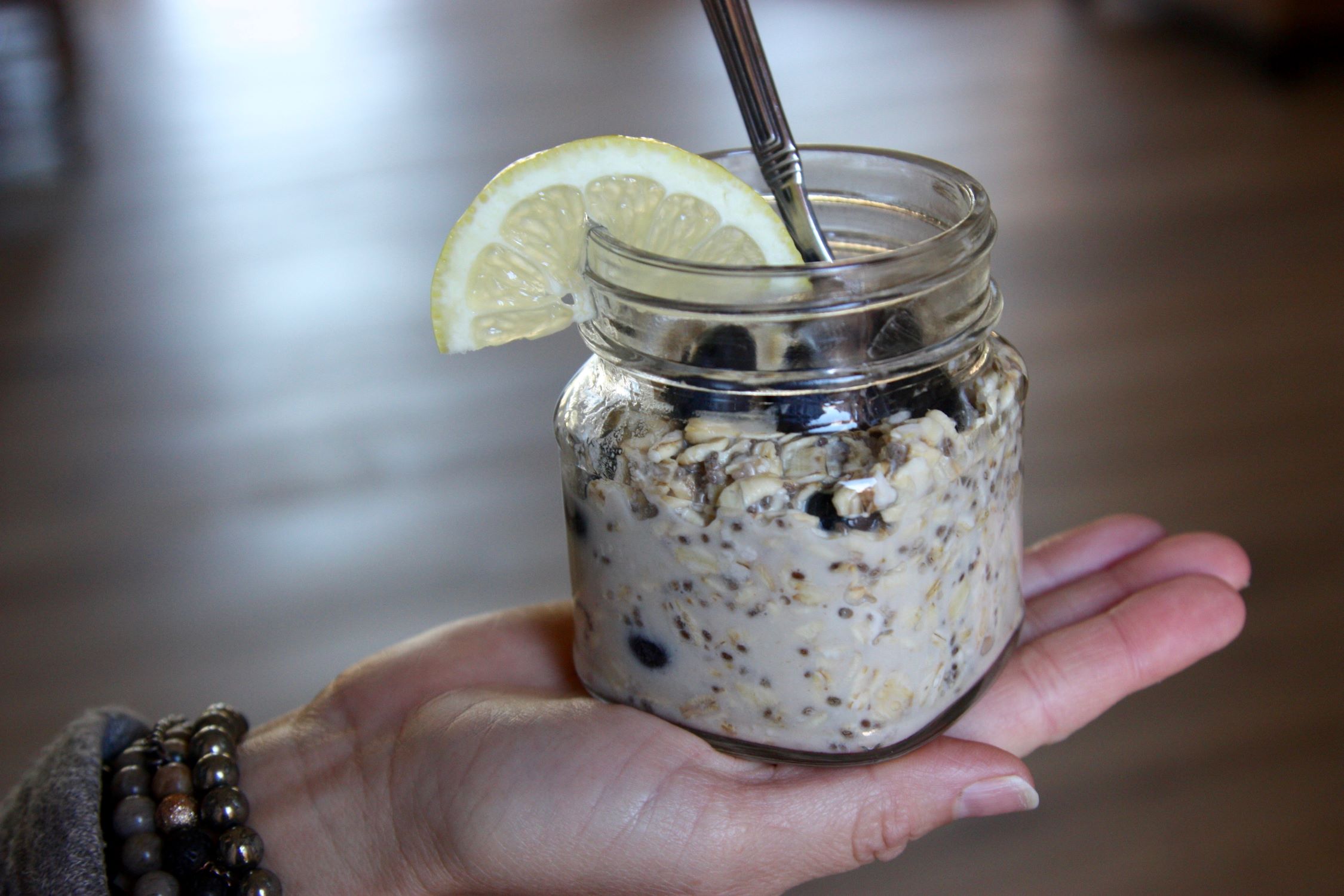

0 thoughts on “What To Do With Watermelon Seeds”